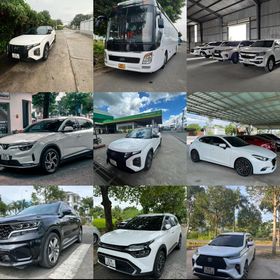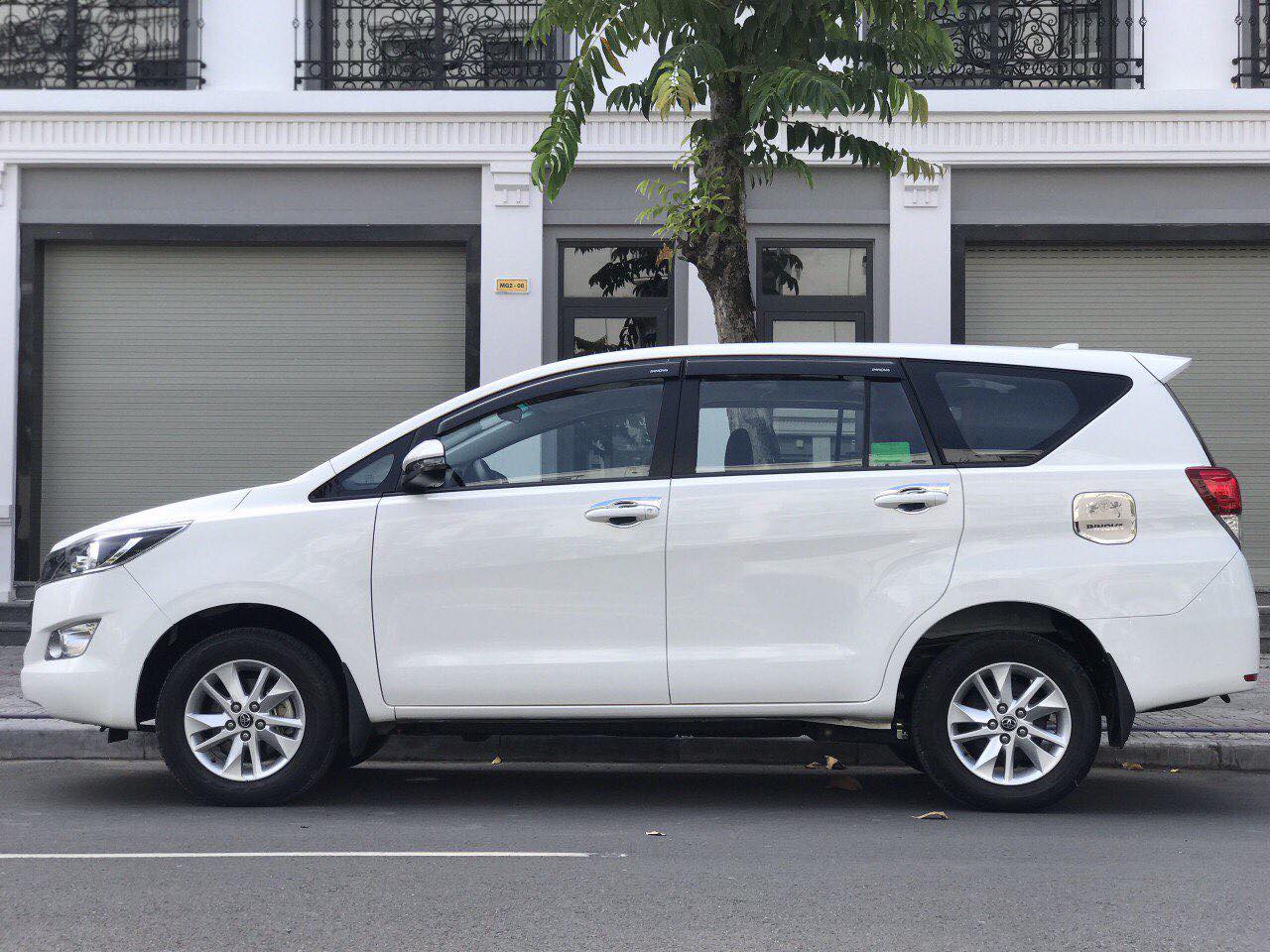Xe Dịch vụ Tân An – Long An kính chào quý khách!
Chúng tôi tự hào là nhà cung cấp dịch vụ cho thuê xe có tài xế uy tín và bình dân nhất khu vực Long An, với đội ngũ tài xế giàu kinh nghiệm, được đào tạo bài bản và trang bị hàng trăm xe oto đời mới với chất lượng xe mang lại cho quý khách sự hài lòng tuyệt đối.

Bạn cần xe di chuyển đi bất cứ đâu hãy gọi ngay cho chúng tôi để được hỗ trợ!
Với hàng trăm xe đời mới và đội ngũ tài xế chuyên nghiệp chúng tôi
cung cấp hàng trăm dịch vụ vận tải hành khách:
-
- Đưa rước tham quan du lịch
- Đưa đón nhân viên
- Đi họp, Hội nghị
- Đi thăm khám bệnh
- vv …












